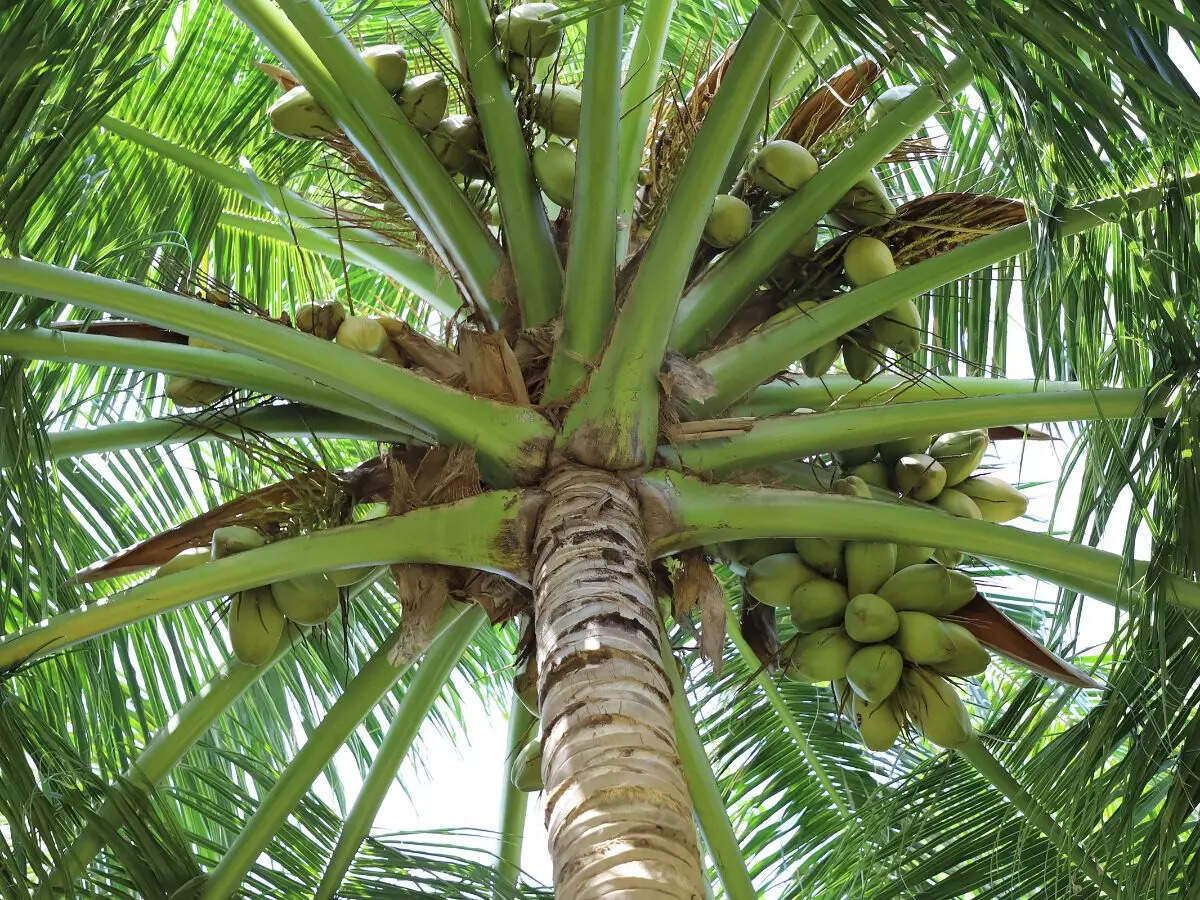A team of researchers from Government College for Women has pioneered a novel method to produce high surface-area activated carbon suitable for supercapacitor fabrication.
Methodology
The researchers, led by Dr. Xavier T S from the Department of Physics, employed microwave technology to derive activated carbon from coconut husk, a prevalent agricultural residue in Kerala.
Benefits of Microwave-Assisted Production
- Cost-effectiveness: The method is economical compared to traditional approaches.
- Supercapacitor Capability: The activated carbon exhibits exceptional performance suitable for supercapacitors.
Importance of Supercapacitors
Supercapacitors offer higher capacitance and energy storage capabilities, making them crucial for sustainable energy solutions.
Advantages of Coconut Husk-Derived Activated Carbon
- Efficiency: Prototype supercapacitors developed are four times more efficient than existing models.
- Sustainability: Utilizes eco-friendly material and reduces waste.
Research Impact and Applications
The research, published in Sustainable Resource Management, highlights potential applications in energy storage, water purification, and sensor development.
Microwave Pyrolysis Reactor
The team utilized an advanced reactor to produce high-quality carbon in just five minutes, emphasizing efficiency and waste reduction.
Implications and Future Directions
The breakthrough underscores coconut husk-derived activated carbon’s potential to revolutionize energy storage technologies and foster sustainable energy solutions.
Multiple Choice Questions (MCQs) with Answers:
- What method did the researchers use to produce activated carbon from coconut husk?
- A) Chemical extraction
- B) Microwave technology
- C) Traditional pyrolysis
- D) Sun-drying
- Answer: B) Microwave technology
- What journal published the research on coconut husk-derived activated carbon?
- A) Nature Communications
- B) Sustainable Resource Management
- C) Journal of Energy Storage
- D) Materials Science and Engineering
- Answer: B) Sustainable Resource Management
- How much more efficient are the prototype supercapacitors developed by the team compared to existing models?
- A) Twice as efficient
- B) Three times as efficient
- C) Four times as efficient
- D) Five times as efficient
- Answer: C) Four times as efficient
- What facility supported the research with advanced instrumentation?
- A) Centralised Common Instrumentation Facility (CCIF)
- B) Kerala Advanced Research Facility (KARF)
- C) National Institute of Technology Laboratory (NIT Lab)
- D) Kerala State Science and Technology Centre (KSSTC)
- Answer: A) Centralised Common Instrumentation Facility (CCIF)
- What key advantage does microwave-assisted production offer over traditional methods?
- A) Higher purity of activated carbon
- B) Faster production time
- C) Lower energy consumption
- D) Larger surface area of activated carbon
- Answer: B) Faster production time
